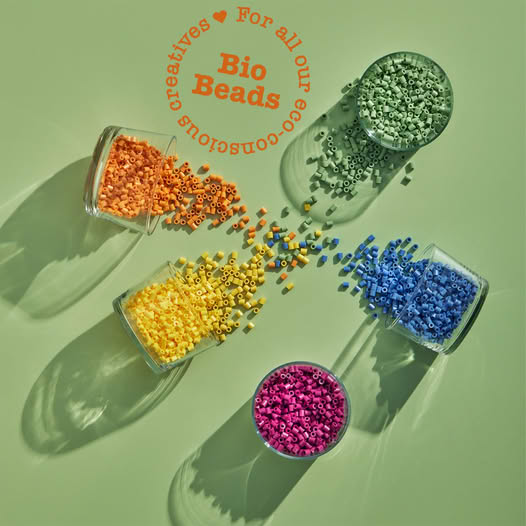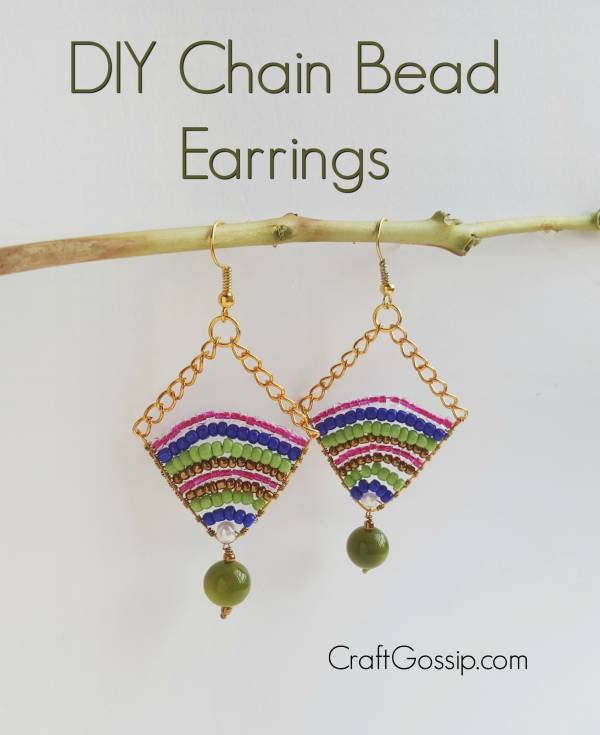
Chain and Beads Earrings – This jewelry making tutorial shows you how to create a stunning pair of boho or festival style earrings. These earrings are such a pretty design and can be color matched to your outfit. You don’t need to be an experienced jewelry making to create these DIY earrings.
DIY Jewelry
List of Supplies:
1. Jewelry wire – 18 gauge and 22 gauge
2. Jewelry pliers – cutting and looping pliers
3. Seed beads – 3 to 4 different colors
4. Medium size beads – 2 (1 for each pair)
5. Jump rings – 2
6. Earring hooks -2
7. Jewelry chain
8. Bead stopper wire
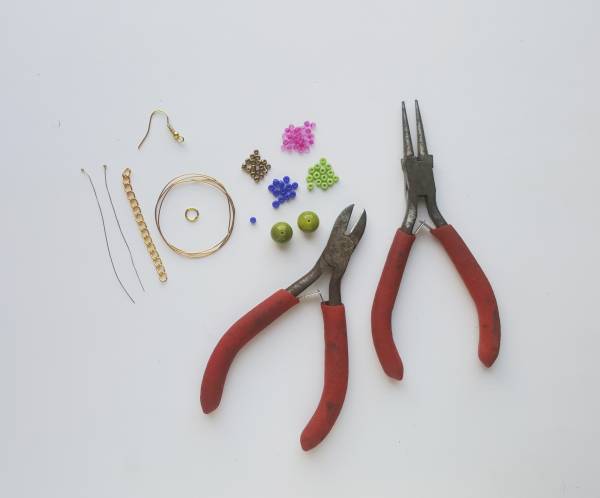
Step 1:
Cut a piece of 18 gauge wire (6 cm) will do) and create small loops on both open ends of the wire.
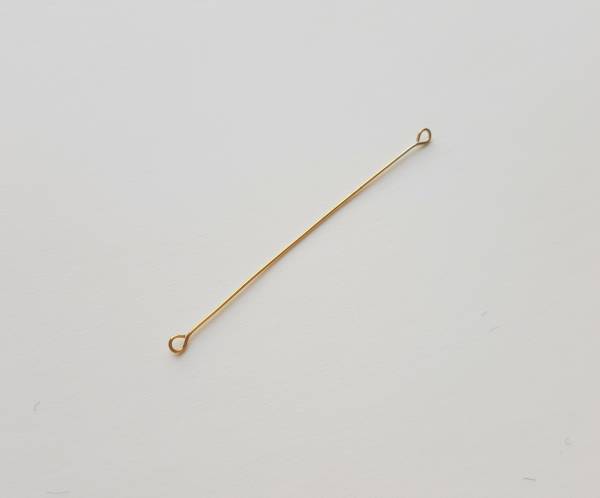
Step 2:Bend the wire to 90 degrees by keeping even amount of wire on both sides.
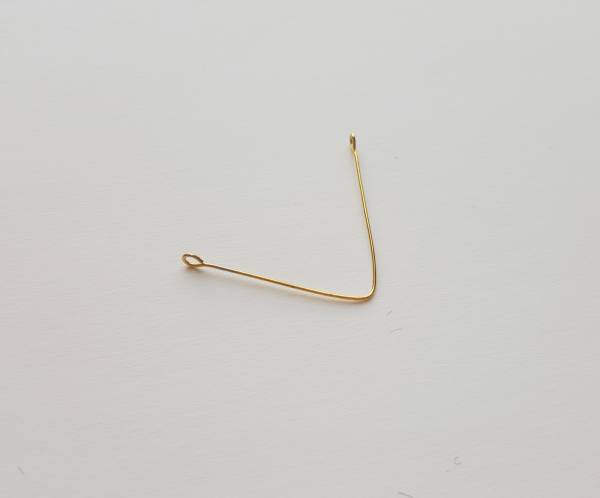
Step 3:Cut out a small piece of 22 gauge wire and coil it around any one side of the bent wire (near the
bend).
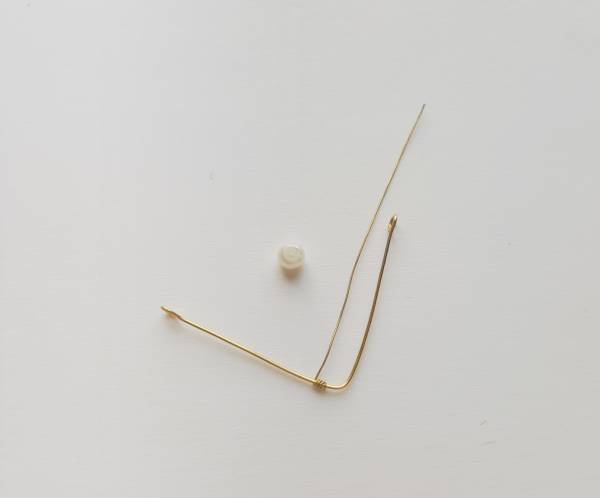
Step 4: Insert a bead into the wire (22 gauge wire) and coil the open end of the wire around the other side
of the bend.
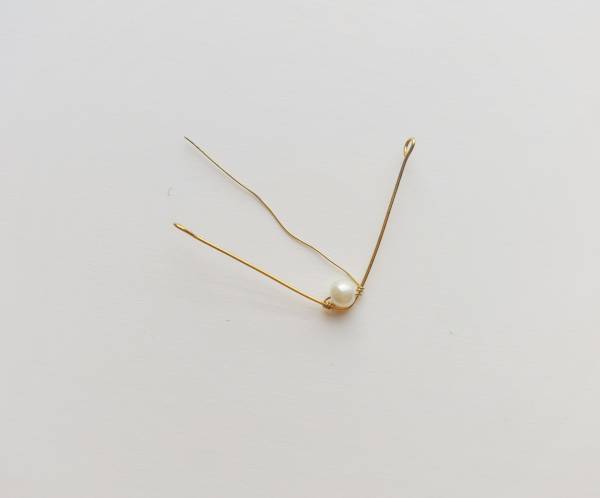
Step 5:
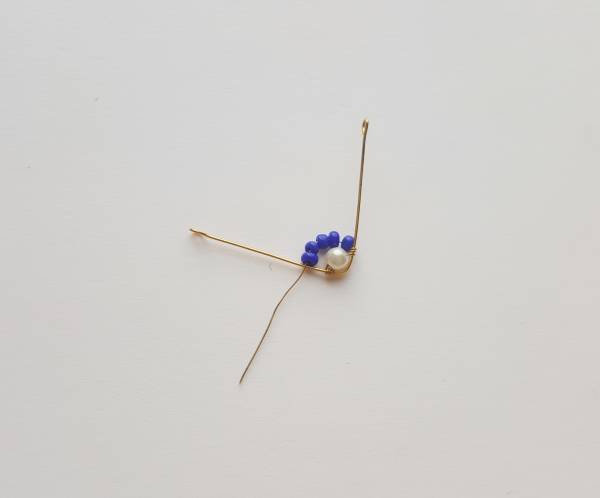
Cut out another small piece of wire (but longer than the previous one) and coil it around any one
sides of the bent wire. Keep the second coiled wire adjacent to the first one. Insert seed beads into
the wire until reaching the other side of the bend, above the first beading.
Step 6: Keep adding wired beads until the bent wire is full.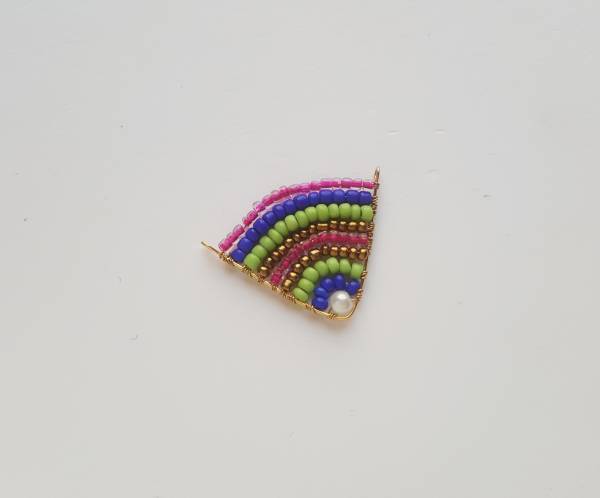
Step 7:Take a bead stopper wire and insert 1 seed bead and then 1 medium size bead of your choice; and
then another seed bead into the bead stopper wire through its open end.
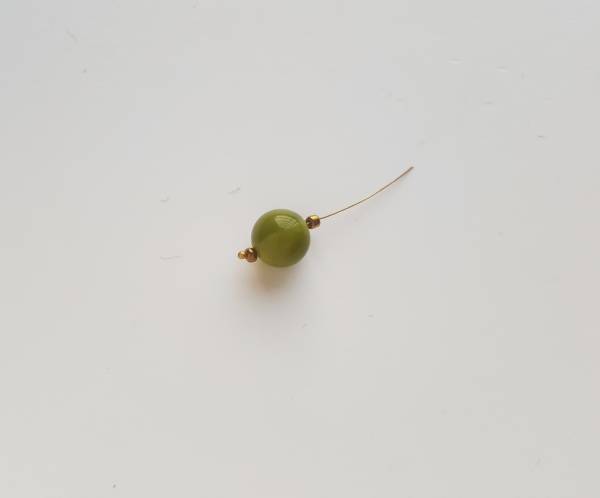
Step 8:
Draw the open end of the beaded wire from the previous step and draw it through the angled part
of the bent beaded wire. Draw the wire from front to back and bringing it to the bottom again. Coil
the remaining wire around itself to secure the beading in the bead stopper wire.
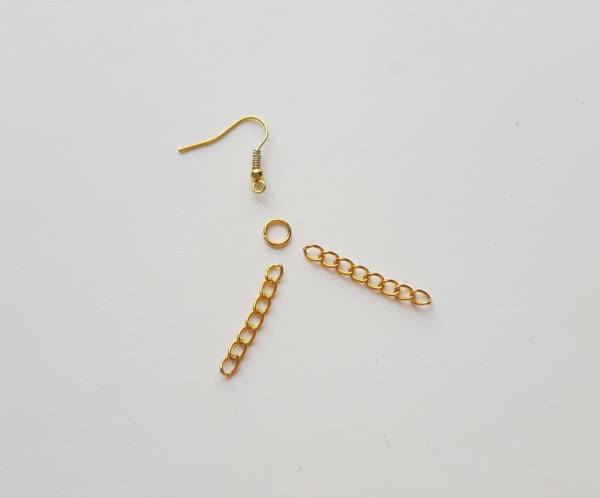
Step 9:
Grab an earring hook, a jump ring and 2 same sized jewelry chains (2.5 cm). Arrange then as shown
in the picture of this step.
Step 10:
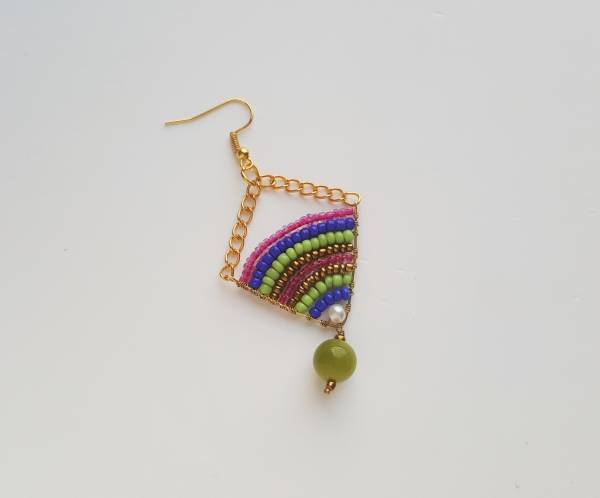
Attach the open end of the jewelry chain with the loops on both sides of the bent wire.
Similarly create the other pair.

